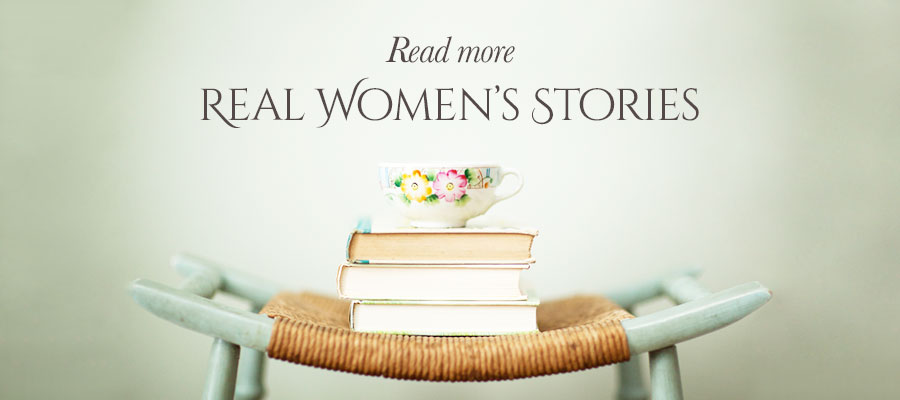[push h=”15”]
Collecting the Pieces
“It is not wrong to go back for that which you have forgotten” is a Ghanaian proverb. In other words: look at the past, reclaim the scattered pieces of yourself, and learn from the experience.
[push h=”5”]
It’s easy to keep running forward at breakneck speed, but sooner or later, you might come to a point and say the same words I uttered after I’d turned 42: “How the hell did I get here? How did things get so messed up?”
These simple questions in life seem so simple and innocent. Yet they need to be explored because on the other side is catharsis. My questions begged some deep soul searching about five years ago, and Peter Gabriel summed it up beautifully in his lyrics:
“I’m digging in the dirt
Stay with me I need support
I’m digging in the dirt
To find the places I got hurt
To open up the places I got hurt”
I re-opened my deepest wounds, which had never healed. As it turns out, they never healed because I never explored them, the same way that a broken bone won’t heal strong if it isn’t set properly. While I’ve had an interest in psychology and human behavior since about age 6, it was only when I started researching emotional trauma that I finally started putting the pieces together.
During my research I came across a lecture by Bessel van der Kolk on YouTube about how our long-term health and happiness can be compromised by prior exposure to violence, emotional abuse, and other forms of traumatic stress. It explained certain behaviors and paths I took, and why I kept reliving the trauma many times to try to create a new outcome (which doesn’t actually work; it just creates more emotional baggage and new wounds).
I realized just how much I’d gotten stuck in some of the traumas I experienced growing up. They were emotionally overwhelming and I couldn’t logically understand them, so I buried them in my subconscious as a survival tactic.
I realized that while I was in this survival state during my 20s, I kept allowing myself to get into destructive relationships, because I thought love meant putting up with emotional abuse.
I had learned growing up that the people who love you are going to hurt you, and you just have to keep turning the other cheek. In short, I’d learned to sacrifice myself in the name of love. Abusive behavior is anything but love, so I came out with battle scars that made me believe I was “less than”.
It was a light bulb moment — the blessing of a devastating break-up one month before my 29th birthday — when I finally realized (a) I deserved better, (b) I was allowed to have it, and (c) I wasn’t going to settle for less.
I allowed myself to make a different choice to get a different outcome. I declared to myself that I wanted someone to love me for me, not for what I can do for them, who I know, or any other reason. I was ready for unconditional love and wasn’t going to settle for anything less. About a year or so later I met my husband. He’s the one who loves me unconditionally. He’s also the one who taught me how to love myself unconditionally.
“It is not wrong to go back for that which you have forgotten”… What a difference five years makes! Since asking those questions I’ve cleaned out the scariest skeletons in my closet.
I faced my past and reclaimed the pieces I’d lost. I can look myself in the mirror and love what I see.
The deeper I go, the more I uncover.
The more I uncover, the more I release.
The more I release, the freer I feel.
The freer I feel, the happier I am.
The happier I am, the better my life.
After digging in the dirt and reclaiming the lost pieces, we reach catharsis. Usually it happens gradually, but sometimes it comes in eureka moments. With catharsis comes forgiveness, wisdom and a deeper understanding of what it means to be whole. To feel whole.
My life is now beautiful because I have committed to doing inner work. The metaphor of kintsukuroi explains that you’re even more beautiful by being broken. The point is to transform how you see the world and, ultimately, how you see yourself.
“Never be defined by your past. It was just a lesson, not a life sentence.” — Unknown
[push h=”20″]


Painting by Brit Hammer: ‘Unity’
[push h=”20”]
[column width=”1/4″ title=”undefined” title_type=”undefined” animation=”none” implicit=”true”]
[services fullimage=”true” icon=”” icon_color=”accent6″ icon_size=”62″ background=”accent1″ image=”https://www.thewomansnetwork.com/wp-content/uploads/2016/07/Britt-Hammer-circle.png” title=”Read more stories by Brit” text_align=”center” button_link=”https://www.thewomansnetwork.com/author/brit-hammer/” button_text=””]
[/services]
[/column]
[column width=”3/4″ last=”true” title=”” title_type=”single” animation=”none” implicit=”true”]
Storykeeper: Brit Hammer
Brit Hammer (1969) is a celebrated artist, bestselling author, and international award-winning photographer whose art has aptly been called “fresh and optimistic”. Brit’s work has been featured in dozens of international lifestyle magazines & design blogs and is in private collections in Europe and the US. Brit has designed monumental glass sculptures and stained glass windows for public spaces as well as custom glass furniture for private clients. In addition, she has worked on several projects including the re-creation of a large glass mosaic monument for the Boijmans van Beuningen Museum in Rotterdam, Netherlands and as a consultant for a mosaic restoration in Amsterdam Central Station (Netherlands). Born in the US, Brit Hammer lives in Rotterdam, Netherlands with her husband, Armand Dijcks. Website: http://www.brithammer.com
[/column]
[push h=”20″]

